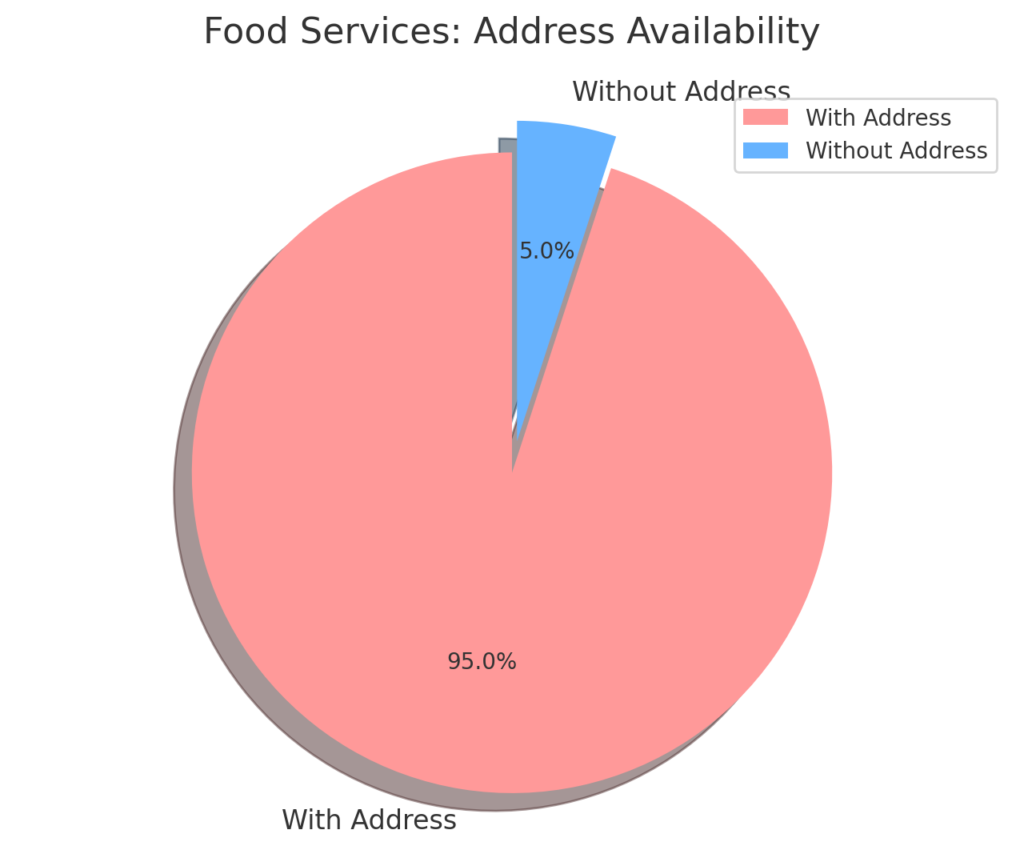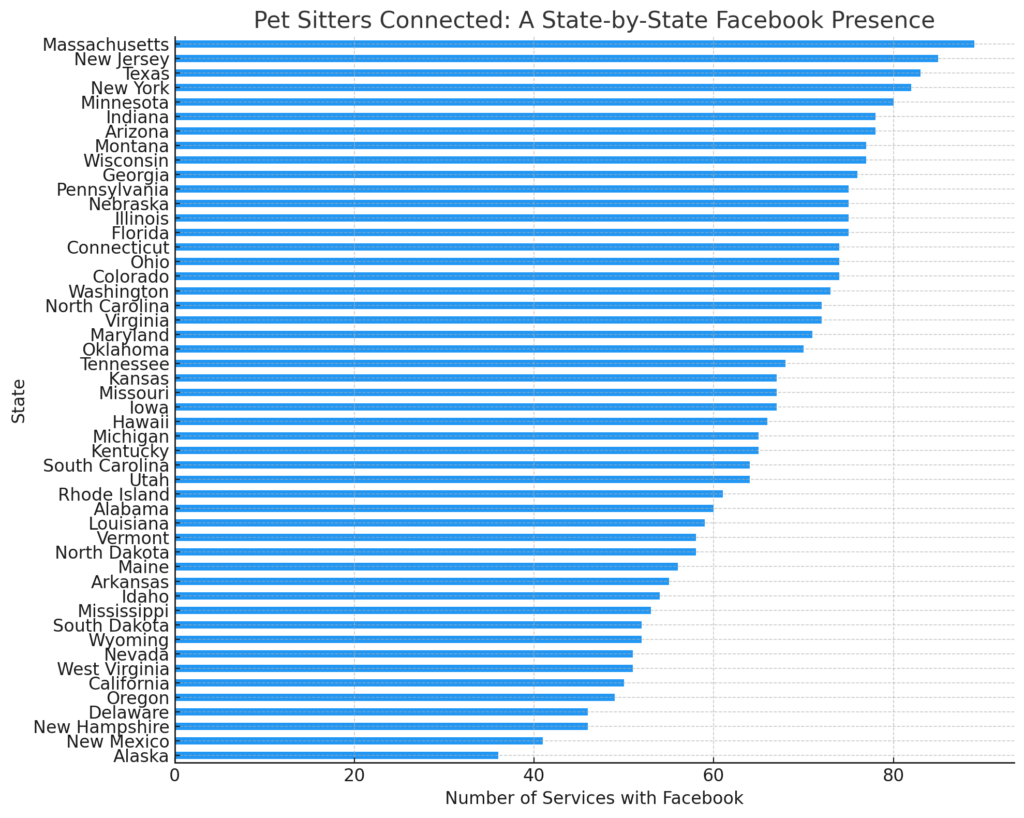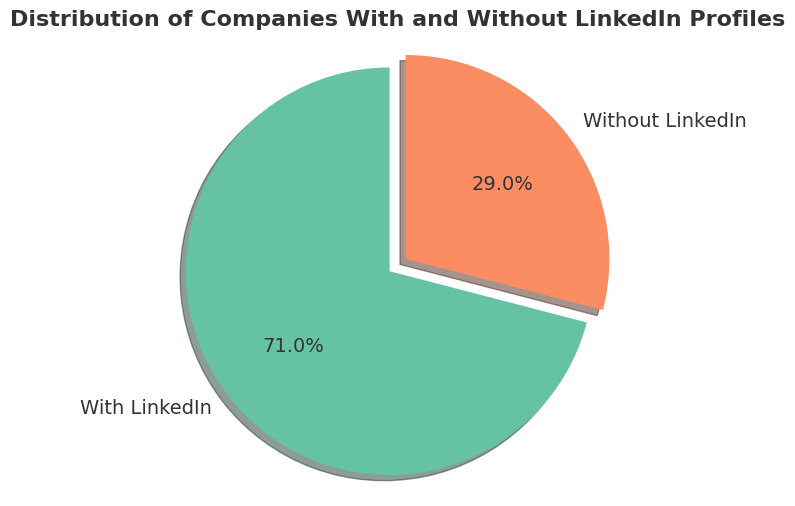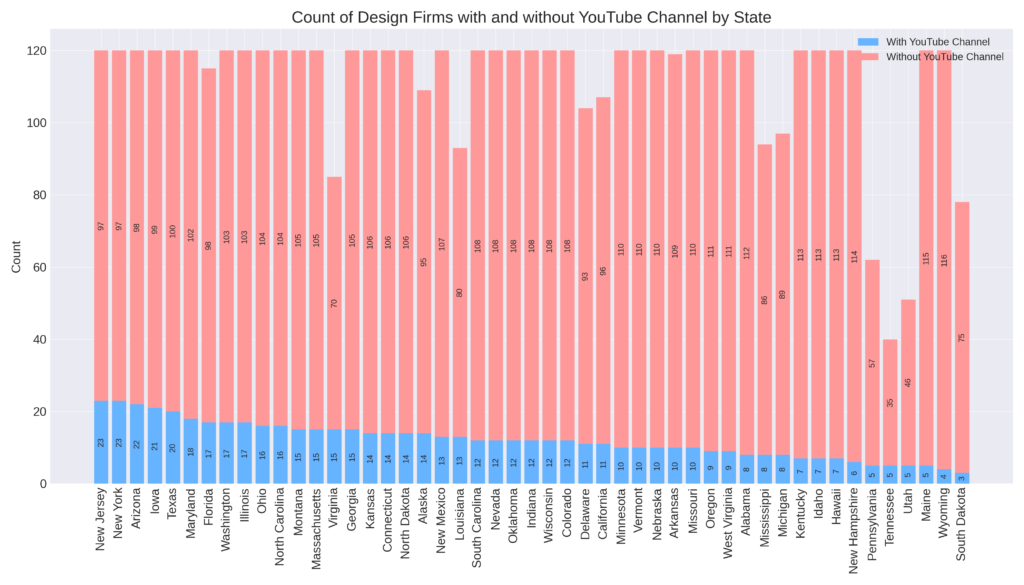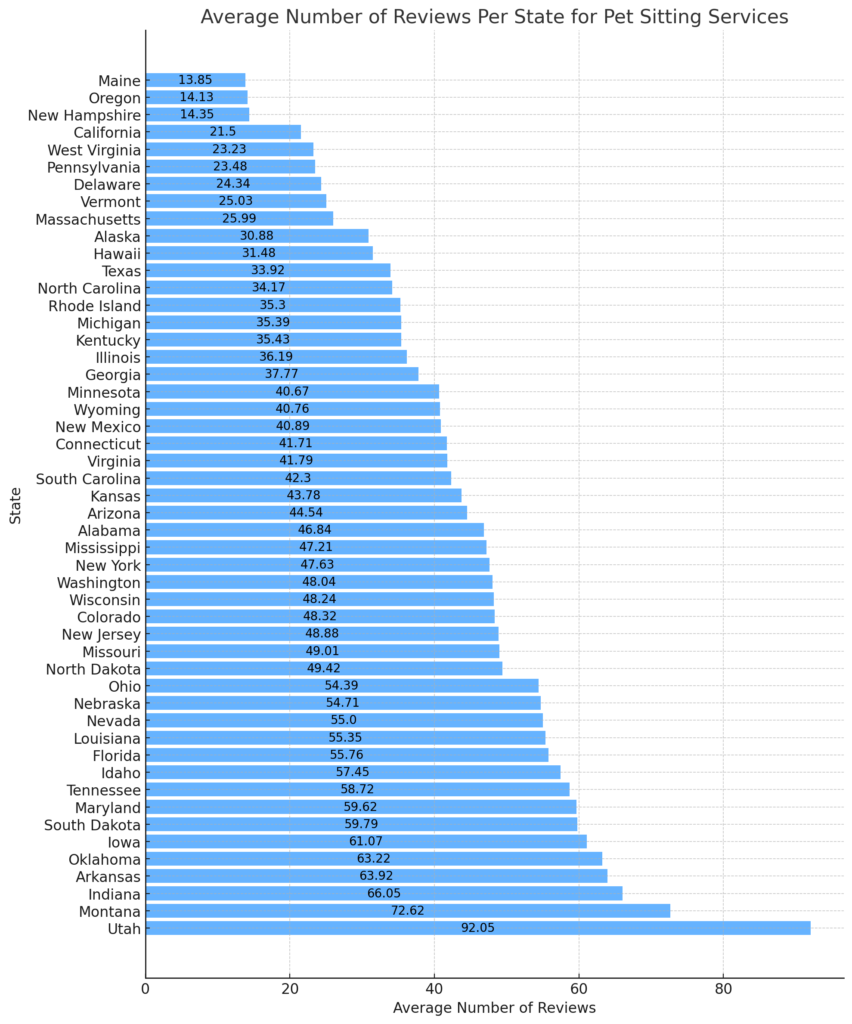When engaging in SEO work or discussing it with a client, a common assertion is that implementing SEO on your website will result in increased traffic.
The logic follows that more traffic leads to more conversions, and increased conversions contribute to building the brand value of your business.
This is considered an eternal truth, as the assumption is that higher traffic is likely to correlate with increased income.
Selling a product at a loss is generally seen as an improbable business strategy.
After hearing this, many business or website owners decide to invest in SEO.
However, after just one month, when it comes time to make the first payment, some express dissatisfaction, stating that they haven’t seen a significant increase in traffic.
It’s important to remember that SEO is not a quick-fix solution, and results won’t manifest overnight.
Instead, the real impact of SEO often becomes evident after a considerable period.
Patience is key if one wants to achieve the best results.
Rather than closing your eyes and investing for 2 or 3 years without reassessing, a more reasonable approach is to consider a timeframe like 6 months.
Within this timeframe, you may start to observe a gradual increase in website traffic.
However, the real value comes from this traffic contributing to the conversions you desire.
When individuals use a search engine, they genuinely seek information.
Their intent is not determined by their mood, they are actively looking for something specific, not randomly entering keywords on Google.
Understanding this is importantl for anyone involved in SEO work or investing in it.
Now, as a businessman, it becomes your responsibility to provide the service or information that the visitor from the search engine is seeking.
Doing SEO on your website is more than just selling bananas.
An SEO worker’s constant effort is to ensure that individuals looking to buy bananas can easily find your website.
As visitors start arriving, it’s important that they find what they’re looking for. However, if the quality of your bananas (products or services) is subpar, it’s unlikely to yield positive outcomes.
A dissatisfied customer may leave a negative review on Google, stating that your banana quality is poor.
In the online landscape, reputation is key, and delivering quality is essential for success.
If your website receives negative reviews about the quality of your products or services, Google may not prioritize showing your site at the top of the search engine results for related queries, especially when recommending it as the first choice for users looking to buy your products or services.
This holds true even if the SEO of your website is well-optimized.
In many cases, businesses or website owners are profit-oriented. However, for long-term success, it’s important to adopt a customer-oriented approach.
Prioritizing the needs and satisfaction of your customers above all else can lead to the eventual dominance of your business in the market.
And one common observation is that whenever Google introduces a new update or makes changes to its algorithm, they announce it on their Twitter profile or Google Webmaster.
Following these announcements, the industry engages in extensive analysis to understand the implications of the changes.
Various experts and enthusiasts start formulating different theories about Google’s intentions and actions.
People begin to speculate on what Google is doing at that moment and what steps website owners should take to ensure their sites achieve top rankings in the search engine results.
Brian Dean, at one point, conducted an analysis suggesting that longer articles had a higher likelihood of being ranked by Google.
Subsequently, while I was working as a copywriter for a client and regularly crafting blog posts for their website, the client instructed that all satirical articles should be above 3000 words.
This directive prompted me to question the necessity of such an increase.
I pointed out that if the content effectively conveyed the message in 700 or 800 words, why extend it to 3000 words?
This raised a consideration about the balance between content length and the actual value and relevance it brings to the audience.
After Brian Dean‘s analysis was published, a common belief emerged that longer articles had a greater chance of ranking higher in search engine results.
Consequently, many writers and SEO professionals received instructions to increase the word count of their content.
In contrast, I strongly opposed this trend. I successfully convinced my client that if an article did not naturally warrant 3,000 words and the content could effectively convey the intended message in a shorter form, there was no need to artificially extend it to meet a specific word count.
Emphasizing quality and relevance over arbitrary word length became a focal point in our approach.
Subsequently, in my discussion with the client, we reached an agreement to shift our approach. We decided to write articles in a guide format, ensuring that each piece provided comprehensive information that Google could use to identify relevant keywords.
In this approach, individual articles might range from 1,000 to 1,200 words. However, when we aimed to create a complete guide, the word count naturally extended to around 3,000 or 3,200 words.
This strategy aimed to offer a comprehensive solution without unnecessary redundancy, ultimately making the content more visitor-friendly and enhancing its overall quality.
By adopting this strategy, Google could extract a wealth of keywords from our content, providing us with significant benefits. Consequently, neither my clients nor I become anxious when Google introduces new updates.
An interesting observation is that if information is available on Wikipedia, it tends to secure top rankings for related keywords.
This is because Google consistently strives to showcase Wikipedia’s authoritative and comprehensive information, highlighting the platform’s prominence in search engine results.
The prominence of Wikipedia in search results isn’t solely due to its authority, rather, it stems from Google’s understanding that sending a visitor to Wikipedia ensures they won’t be disappointed.
Wikipedia consistently provides the information users are seeking, contributing to its reliability.
In contrast, filling a website with irrelevant content doesn’t create value for search engines.
Google’s continuous effort is to deliver top-notch information to users.
When an individual enters a keyword search on Google, the platform strives to present the most relevant and valuable information against that keyword, promoting user satisfaction and relevance in search results.
Google is committed to doing whatever it takes to offer users the information they seek.
To perform well in the Search Engine Results Page (SERP), it’s important to consistently provide information that genuinely satisfies visitors and gives them the sense of finding what they were looking for.
Google, in its quest for relevance, doesn’t favor traditional content for the top spot.
The search engine aims to avoid becoming obsolete, akin to a dinosaur losing its dominance.
As of today, November 25th, the year 2024 is on the horizon, emphasizing the importance of staying attuned to evolving strategies and maintaining a commitment to providing valuable content for sustained success in the digital landscape.
As the year 2024 approaches, website owners with articles discussing considerations for buying in 2023 may face a dilemma.
If an article addressing this topic is already published on their WordPress website, some might opt to use a plugin without much consideration to update the years from 2023 to 2024.
Changing the publication date or the title of an article without a genuine update seems unethical to me.
Mere adjustments to the year from 2023 to 2024 do not validate the content as up-to-date or relevant.
The distinction between the years is significant, as 2023 and 2024 can have substantial differences.
Furthermore, the information in the 2023 article was based on data available up to 2022.
When updating it in 2024, the content may reference information up to 2023, creating a potential discrepancy between the title and the actual content.
In 2014, you should consider certain factors. If you decide to revisit or update such content in subsequent years, it’s essential not only to change the title but also to update the content itself.
As I mentioned earlier, with the approaching year 2024, failing to mention the service prices on your website could be perceived as unprofessional.
This approach reflects a primitive strategy from an era when people used to quote a fixed price for a particular service, a practice that may not align with contemporary expectations.
You may argue that the type of service you offer doesn’t have a fixed price, but this justification may not be strong.
When a client approaches you with specific requirements, you inherently know the value of your service, don’t you?
In such cases, a practical approach would be to create a detailed service instruction and display its price on your service page.
Clearly state that any modifications to this instruction will result in an adjusted price, a practice commonly referred to as custom pricing.
If you consider profitability in business, adopting a transparent pricing strategy can lead to increased profits.
When potential clients approach you, knowing the specific service and its associated cost allows them to make informed decisions about the value they will receive.
Another very important aspect to address is whether you offer a home delivery option and the specifics of how you deliver your services or products to customers.
As an example, I’ve been searching for a product that can efficiently convert leftover vegetables in our kitchen into organic fertilizer over the past few days.
During my online search, I came across a website that offers a service I’m interested in.
They provide a product capable of turning kitchen leftovers into compost.
However, as is often the case, the website lacks information about the price and whether they offer home delivery.
To address this, I took the initiative to send them an email, expressing my interest in purchasing the product.
In my email, I specified my location as Bangladesh and requested details regarding the price and the availability of home delivery options.
After 24 hours, I received an email from them containing the product specifications.
However, the email did not provide information about the price, nor did it mention whether they deliver to Bangladesh.
This experience highlights the importance of thorough communication when responding to customer inquiries.
It’s very important to ensure that all the questions the customer is asking are addressed in your response.
In my case, despite having a positive impression of their professionalism and product quality from their YouTube videos, the lack of clarity in their email response has raised doubts about whether the products truly possess the features and functionality as demonstrated in the videos.
When conducting business online, where face-to-face interactions are not possible, it’s essential to be highly active from a distance.
This activity is very important to convince customers that your product is of top quality and can effectively address their specific needs or problems.
Successful online business involves consistently showcasing the value and relevance of your offerings to meet customer demands or solve their problems.
When it comes to marketing on LinkedIn, there’s a common tendency for individuals to focus on connecting with as many people as possible shortly after opening an account.
However, engaging in such spamming practices often leads to account bans on LinkedIn.
Consequently, many people develop the belief that effective marketing on LinkedIn is not possible, relegating it to a space for motivational content.
However, LinkedIn marketing is quite straightforward. It’s akin to the meticulous craft of Nakshi Kantha embroidery, simple but requiring regular and careful attention.
On this journey, create a list of professions relevant to your customers. Choose one profession from the list and initiate a LinkedIn search. Pay attention to the details during your search, much like the example I illustrate below.

Your next step is to engage with the posts you find in the search results.
Leave thoughtful comments on these posts, ensuring to include a question to encourage the post’s author to respond.
If they do respond, follow up with a thank-you comment. At this point, consider sending a connection request, and you’ll likely find that they readily accept your connection.
Additionally, it’s unnecessary to connect with thousands of members on LinkedIn. Instead, focus on building a network of around 500 members.

Utilize the ‘Top’ and ‘Recent’ options in your newsfeed after logging in.
Regularly comment on posts from people within your network. This engagement signals your activity and expertise.
LinkedIn is unlikely to label you as a spammer if you send 2-3 connection requests daily.
By building a network with individuals interested in your skills, you can initiate sales in a short period.
Prioritize conversions over impressions.





